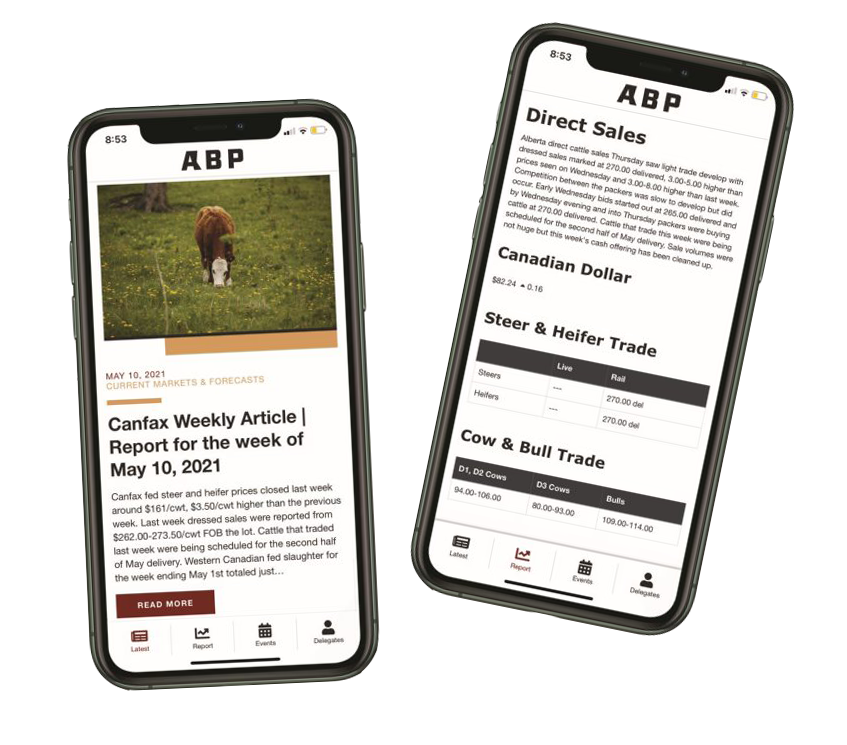There’s an app for that. For what, you ask? There is an app for nearly every interest, niche, hobby, and business subset you can imagine.
Agriculture is no different. There are a multitude of mobile apps available to help farmers’ work smarter instead of harder. As interest in agtech grows, so too do the number of startups dedicated purely to the development of apps and software designed to help farmers take a digital leap into increased productivity.
So, should you create an app? Let’s explore the key considerations you should consider before diving into app development:
You’d never develop a product without a thorough vetting and suitable strategy, and apps — good apps — take long-term thinking and quite a bit of risk/reward analysis. That requires planning and money. Will the initial development costs and effort pay off? It’s an important question, if not the only question.
Apps aren’t finite expenses; they require plans for long-term maintenance. If you develop a good app, your audience will use it and want to continue to use it. This means that you’ll have to consider how to keep it running long into the future. Bug fixes, updates, device technology and even unforeseeable changes in the industry landscape must be accounted for.
Imagine if farm customers came right out and told us what they wanted. It’s an ag marketer’s dream. In reality, you’ll need to take a hard look at your data to determine if your audience will even be receptive to an app.
Review your website analytics. Is a large portion of your audience accessing your website through a mobile device? Are they accessing certain areas of the site more often than others? Perhaps your users tend to return to make use of your planning tools or calculators. Maybe they frequently visit your product manuals or guides. Would those features be better delivered through an app?
Apps are often the best fit for businesses that have loyal, repeat mobile customers that need to accomplish just a few, recurring tasks within the app. In short, you need a good audience and a clear focus. Your app must improve or simplify your audience’s life, especially with all the options available. Few of us are in a hurry to add yet another application to our phones.
Your app cannot simply be a carbon copy of your website. That’s an issue both from a functionality perspective and a value added perspective.
In a German study conducted in 2016, younger farmers indicated that smartphone apps enabled them to access up to date information, agricultural predictions, and economic monitoring. Many believed this made them more efficient and profitable. What can your app provide that the average technologically savvy farmer can’t find on your website or the website of your competitors?
Recently, our team built and launched an app for Alberta Beef Producers (ABP). Conceived alongside the ABP Daily content hub and magazine, the ABP Daily app puts the most up-to-date information about the beef industry right into the producer’s pocket.
Long before we started development, we worked to identify the needs of the producer audience and what key features would make the app a must-have download for ABP’s members. Reviewing website analytics told us that producers were accessing the daily cattle report regularly and those visits accounted for most of the site’s traffic.

Among other features, including daily industry-relevant content and real-time local weather conditions, the app gives producers the ability to enable push notifications, so the cattle report is delivered to their home screen, rather than having to access a website for the information they use on a daily basis.
Hand in hand with adding value to your customer, your app must be designed to make the experience of using it as effortless as possible. For example, if your app requires that a farmer must input large amounts of data that exist in another app or software, explore ways in which you can integrate this data.
In a recent focus group study of 41 farmers in Ireland, “participants expressed views on what a favourable app would look like, and mentioned design features such as, simplicity, user-friendliness, offline options, auto-recognition, support chat boxes, verification checks, backup systems and data security measures (verification log-in).”
In the same study, participants also indicated that they were more likely to adopt a new technology or application if they were trained on how to use it. Incorporating walk-throughs, creating explainer videos, or doing actual one-to-one training may help your audience adopt your app and stick with it for the long term.
Last but certainly not least, consider how adoption of your proposed app will contribute to your overall business objectives and marketing outcomes. Will it drive product purchase, offer customer support, or be a communication tool to help you stay connected to your customers? What will success look like? Beyond metrics like downloads and app opens, make sure you have a vision for how your app fits into your customer’s experience – and then don’t waver.
App development is exciting and it can be easy to get distracted. Start by making your app do one thing really well before you try to make it do everything. As always, our team is here to explore if an app might be right for you. Contact us today.
Editor’s Note: This piece was originally published in March 2017. It was revised in June 2021 with updated statistics and new information.